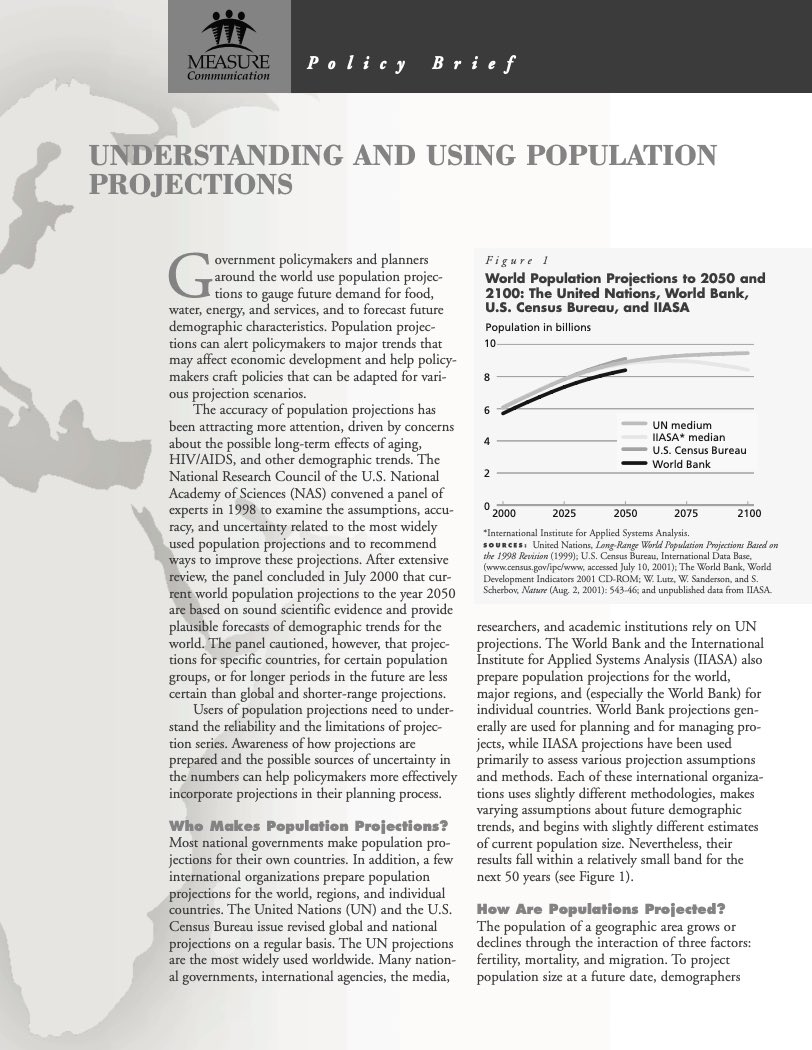621 Search Results Found For : "Best%20Essay%20Writing%20Service%20%F0%9F%8E%93www.WriteMyPaper.online%20%F0%9F%8E%93Write%20Essay%20Fast%20-%20Write%20Essay%20Cheap"

Project: PACE: Policy, Advocacy, and Communication Enhanced for Population and Reproductive Health
New Population, Health, and Environment (PHE) Toolkit Launched
The Policy, Advocacy, and Communication Enhanced for Population and Reproductive Health (PACE) project is pleased to launch a completely revised Population, Health, and Environment (PHE) toolkit.
Will Rising Childhood Obesity Decrease U.S. Life Expectancy?
(2005) A new study contends that rising childhood obesity rates will cut average U.S. life expectancy from birth by two to five years in the coming decades—a magnitude of decline last seen in the United States during the Great Depression.

Understanding and Using Population Projections
Government policymakers and planners around the world use population projections to gauge future demand for food, water, energy, and services, and to forecast future demographic characteristics.
Top 10 Countries Closing Gender Gap
Since 2006, the World Economic Forum has issued a Global Gender Gap Index to review gender-based disparities around the world and track progress in closing the gap in four areas: educational attainment, health, economic participation, and political empowerment.

Project: PACE: Policy, Advocacy, and Communication Enhanced for Population and Reproductive Health
Webinar: Improving Food Security and Nutrition Through Integrated Approaches
This webinar is part of the Africa PHE quarterly webinar series implemented under the Policy, Advocacy, and Communication Enhanced for Population and Reproductive Health (PACE) Project.

Policy Brief: Understanding and Using Population Projections
Government policymakers and planners around the world use population projections to gauge future demand for food, water, energy, and services, and to forecast future demographic characteristics.
How Fear and Loneliness Shape Body Chemistry and Health
(2013) The chronic stress of living in poverty, loneliness of social isolation, and fear endemic in some high-crime neighborhoods can alter gene activity and contribute to disease, according to Steve Cole, professor of medicine and behavioral sciences at University of California, Los Angeles (UCLA).

